The Department for Education has this morning released an analysis of teacher supply, retention and mobility.
It was a deeper dig of data published last year from the schools workforce census, and analyses the different trends found between 2010 and 2011.
Schools Week has the key findings:
1. More teachers leaving the profession, especially in physics
The teacher wastage rate – those who are either leaving the profession, retiring or going on maternity leave – increased in every subject, of which the overall rate went from 6.6 per cent to 8.7 per cent.
Physics, where graduates with a first class degree are now offered £30,000 tax-free bursaries to train in, had either the highest or second highest wastage rate in each year between 2011 and 2015.
Just focussing on the ‘out of service’ rate – qualified teachers who are not identified as teaching in either a state primary or secondary school in the government’s annual workforce statistics, but who were teaching the previous year and are also not claiming a pension – humanities and PE have the lowest rates, while the sciences have the highest.
Overall, the wastage rate for non-EBacc subjects (10.7 per cent) is lower than for EBacc subjects (11.5 per cent).
The overall wastage rate for secondary teachers rose from 10.2 per cent in 2011, to 11.2 per cent in 2015 – Schools Week reported this figure from the census last year, in an article highlighting record numbers of teachers are leaving the profession.
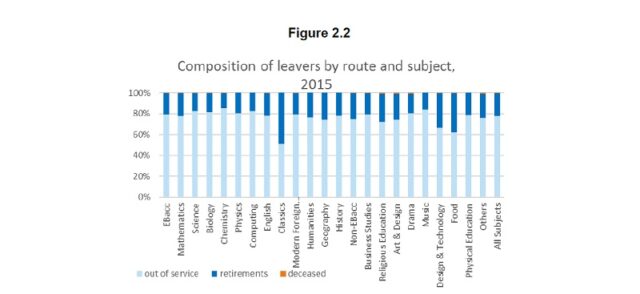
2. EBacc causes slump in new drama teachers
The overall number of teachers in secondary schools (both newly-qualified, and those returning to the classroom) increased between 2011 and 2015, driven by an “increased need for teachers of EBacc subjects”, according to the government.
Entrant rates increased in every EBacc subject except biology, where the rate fell by 0.1 percentage points.
The biggest increases have been in humanities (1.5 percentage points), physics (1.7 percentage points) and classics (2.6 percentage points).
But the biggest drops were found in non-EBacc subjects, mainly in drama which had a 1.4 percentage points decrease.
The report stated the number of hours taught in non-EBacc subjects is likely to decrease, and “there not be as much need to recruit new teachers”.
In both 2011 and 2015, physics and maths had the highest entrant rates.
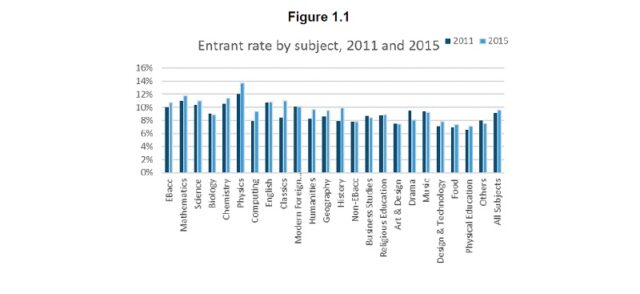
3. Most newly-qualified teachers (NQT) in EBacc subjects, but teacher return rates same in non-EBacc subjects
The overall number of newly-qualified teachers (NQT) remained relatively stable between 2011 and 2015, with a slight drop of 0.1 percentage points.
Every year in this period, the NQT rate was highest in maths, English and the sciences. The lowest was drama.
The biggest increases were also found in “core” EBacc subjects – classics and history. Meanwhile the biggest fall was in business studies and food technology.
Meanwhile the rate of teacher returning to the profession (returner teachers) rose in every subject between 2011 and 2015, with computing and physics seeing the biggest increase, followed closely by business studies, food and design & technology.
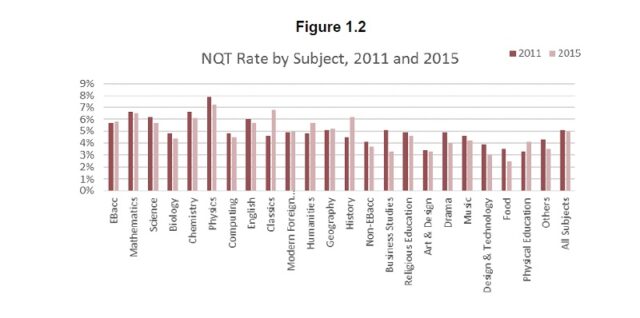
4. Teachers on permanent contracts most likely to stay in the profession
The data (chart below) suggests that both teachers and leaders with permanent contracts have higher retention rates, both in school and in the system.
Retention rates also increase with age and experience and are higher outside London and in schools rated ‘good’ or ‘outstanding’.
Full-time teachers are less likely to leave the system, but more likely to move to a different school than part-time teachers. Teachers holding a senior post are also more likely to stay in the education system.
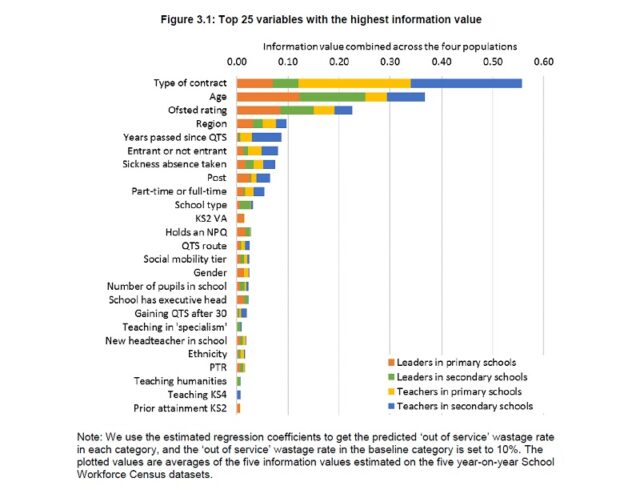
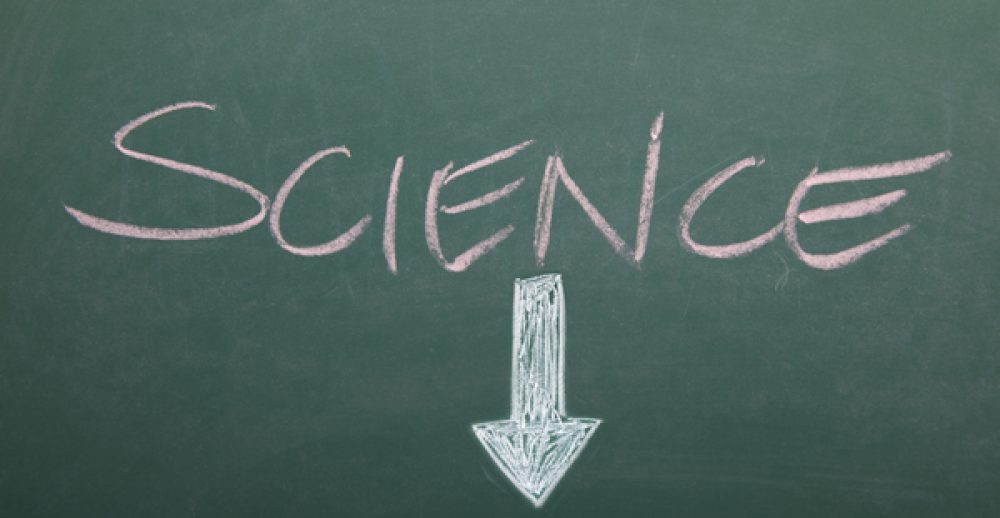

Your thoughts